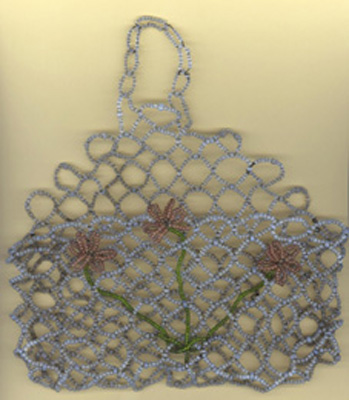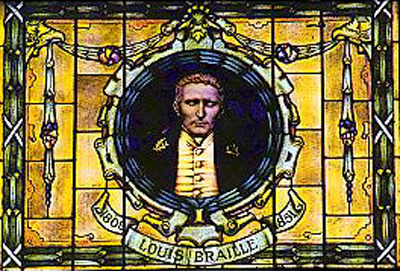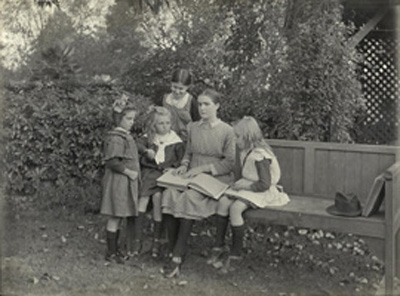Tilly Aston Heritage Collection

The Tilly Aston Heritage Collection is owned by Vision Australia Foundation, an organisation that has operated as a service provider for blind and vision impaired people since 1895. The collection's namesake, Tilly Aston, co founded the Association for the Advancement of the Blind (now Vision Australia Foundation), at the age of 21 and successfully obtained voting rights, transport concessions and a pension for blind people in addition to free postage for Braille material. Many of these achievements were at the forefront of worldwide change. The heritage collection represents this amazing history through photographs, memorabilia, archives, artwork, trophies and audio visual material. The collection is constantly growing and aims to capture and record the recent history of Vision Australia.
Thematic displays of objects and photographs from the heritage collection are available for viewing by prior appointment with Vision Australia's Curator. A travelling exhibition is also planned for 2005. Vision Australia is dedicated to promoting the need for increased accessibility for all in museums and provides advice and a broad range of services to further this goal.
Subject:
- Historic Display
- Professional Organisation
- Art
- Photographs
- Glass
- Painting
- Portraits
- Pottery and Ceramics
- Sculptures
- Textiles, Spinning and Weaving
- Archives
- Historic People
- Human Rights
- Images
- Local History
- Medals and Badges
- Organisations
- Social History
- Women
- Medicine and Health
- Ephemera
- Film Sound and Video
- Literature
- Sports
Items
Evening bag

Stained glass window

Sculpture
Urban Cycle

Photograph

